What are the guidelines for writing an indirect introduction for an essay on the description of flamboyant plants? At which grade does the Vietnamese Language Curriculum include the content regarding indirect introduction?
What are the guidelines for writing an indirect introduction for an essay on the description of flamboyant plants in Vietnam?
Students can refer to the following guidelines for writing an indirect introduction for an essay on the description of flamboyant plants in Vietnam:
|
Guidelines for writing an indirect introduction for an essay on the description of flamboyant plants in Vietnam *Evocative Introduction: |
*Note: The information about guidelines for writing an indirect introduction for an essay on the description of flamboyant plants in Vietnam is for reference purposes only./.
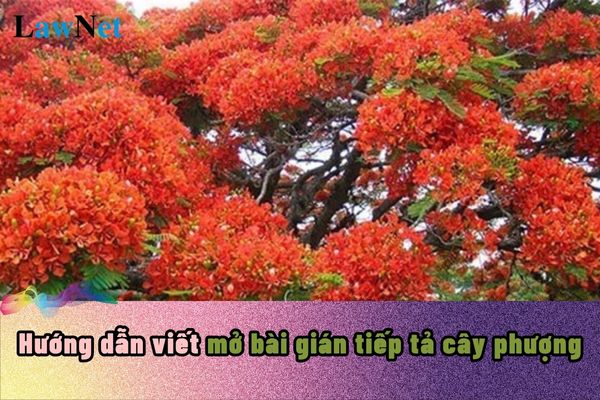
What are the guidelines for writing an indirect introduction for an essay on description of flamboyant plants in Vietnam? (Image from the Internet)
At which grade does the Vietnamese Language Curriculum include the content regarding indirect introduction?
Under Section 4 of the General Education Program attached to Circular 32/2018/TT-BGDDT:
VIETNAMESE LANGUAGE KNOWLEDGE
1. Rules for writing the names of agencies and organizations
2.1. Vocabulary by topic
2.2. The function of a dictionary, how to find words and their meanings in the dictionary
2.3. The meaning of some easily understandable idioms
2.4. The meanings of some common Sino-Vietnamese elements
2.5. The effect of word choice on expressing meanings
3.1. Nouns, verbs, adjectives: characteristics and functions
3.2. Proper nouns and common nouns: characteristics and functions
3.3. Sentences and main components of sentences: characteristics and functions
3.4. Sentence adverbials: characteristics and functions (addition of information)
3.5. The use of dashes (placed at the start of a line to list items); hyphens (joining words in a compound name); quotation marks (marking the title of a work, document); parentheses (marking additional notes)
4.1. Figurative language - personification: characteristics and effects
4.2. Topic sentences of paragraphs: characteristics and functions
4.3. Three-part structure (introduction, body, conclusion) of a text: characteristics and function of each part
4.4. Types and genres of text
- Narratives recounting an event witnessed by the narrator; narratives with illustrative pictures
- Descriptive essays: describing animals, plants
- Paragraphs expressing emotions and feelings about a character
- Paragraphs stating an opinion on a story, character or event, and explaining the reason for that opinion
- Instructional texts detailing the steps of a task; invitations, applications, letters, work reports
5. Information using images, data (nonverbal communication tools)
Thus, the indirect introduction is taught in the 4th-grade Vietnamese Language Curriculum.
What are the regulations on the selection of texts to be included in the 4th-grade Vietnamese Language Curriculum?
Under Appendix IX of the General Education Program for Vietnamese Language attached to Circular 32/2018/TT-BGDDT, the selection of texts to be included in the 4th-grade Vietnamese Language Curriculum is specified as follows:
- Based on the criteria for selecting texts (as stated in Section 5) and the requirements for selecting texts (as stated in Section 8), the program builds a list of suggested texts (materials) for selection at each grade.
This list is not exhaustive of all materials for the grades but serves as examples for the genre, type of text, theme, and suitability to the student's awareness and psychology, to meet the required achievements in reading, writing, speaking, and listening at each grade.
To facilitate and provide flexibility in selecting materials, texts are suggested according to class groups: Grades 1, 2, and 3; Grades 4 and 5; Grades 6 and 7; Grades 8 and 9; Grades 10, 11, and 12 (Text names in all grades are listed alphabetically).
Textbook authors may base on this list to choose and additionally find equivalent texts in genre and difficulty level, provided they meet the criteria (stated in Section V) and requirements for text selection (stated in Section VIII).
- Texts (materials) suggested in this list are arranged by type and genre of text (story, poem, play, essay, argumentation, informational).
The number of texts in each type varies according to the required achievements of the program.
The list includes both new texts as well as texts that have been or are being used in the current textbooks (with redistribution to fit the required achievements of each grade), ensuring a balance between inheritance and innovation. Specifically, for informational texts, the list does not specify text titles but only suggests themes and types of texts for textbook authors to freely choose.
Authors' names in this list appear only once across all three levels of education, except for a few mandatory authors and works mentioned in the program.
To orient textbook authors in selecting texts suitable for the class groups, this list provides distribution directions even for mandatory works.
GRADES 4 AND 5
*Stories, Prose
- Story of "Thần Nông" (Vietnamese Fairy Tale)
- Guess How Much I Love You (Picture book - Sam McBratney, A. Jeram)
- Earthworm (Vietnamese folk joke)
- The King Midas's Wish (Greek Mythology)
- Miraculous Green Forests (Nguyen Phan Hach)
- A Just Person (Quynh Cu, Do Duc Hung)
- Buying Glasses (Vietnamese folk joke)
- Childhood Days (Nguyen Hong)
- Hearts of Gold (E. Amicis)
- Clever Adjudication (Vietnamese Fairy Tale)
- Uncle's Homeland (Vo Quang)
- The Legend of the New Year's Tree (Vietnamese Fairy Tale)
- Tran Thu Do Chancellor (Ngo Si Lien)
- Letter to Students (Ho Chi Minh)
- Longing for Fingers (From "Vừa nhắm mắt vừa mở cửa sổ" - Nguyen Ngoc Thuan)
- Totto-chan: The Little Girl at the Window (K. Tetsuko)
- In the Jungle (From The Jungle Book - R. Kipling)
- ...
*Poetry, Folk Poems, Riddles
- Song of the Earth (Dinh Hai)
- Rafting Down the La River (Vu Duy Thong)
- Sea (Khanh Chi)
- Hai Phong Port (Nguyen Hong Kien)
- Folk Poems About Family Feelings
- Cao Bang (Truc Thong)
- Folk Riddles about Objects, Phenomena
- Tet Market (Doan Van Cu)
- The River Wears Clothes (Nguyen Trong Tao)
- I Think About the Earth (Nguyen Lam Thang)
- Little Lượm (To Huu)
- Colors I Love (Pham Dinh An)
- The Balalaika on the Da River (Quang Huy)
- Children Today, World Tomorrow (Phung Ngoc Hung)
- Tale of Kieu (Nguyen Du)
- Our Folk Stories (Lam Thi My Da)
- Before the Sky Gate (Nguyen Dinh Anh)
- ...
*Play
- The Fox Fell in the Well (Aesop)
- The Blue Bird (M. Maeterlinck)
- The Prince - Princess and the Nine Gods... Captured (Minh Phuong)
- People's Heart (Nguyen Van Xe)
- Citizen Number One (Ha Van Cau - Vu Dinh Phong)
- ...
*Informational Texts
- Texts introducing books, movies.
- Instructional texts (simple) on steps to perform a task or how to use a product.
- Letters of thanks or apology, letters of inquiry; applications (for leave, enrollment); invitations, work reports, activity programs.
- Texts explaining a natural phenomenon.
- Texts introducing a process.
- Advertising texts (leaflets, posters,...).
- ...
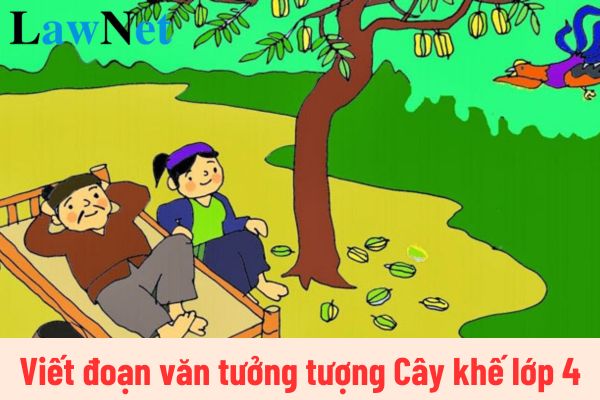
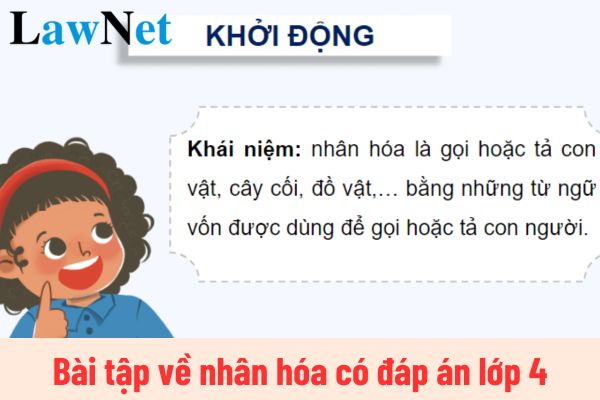
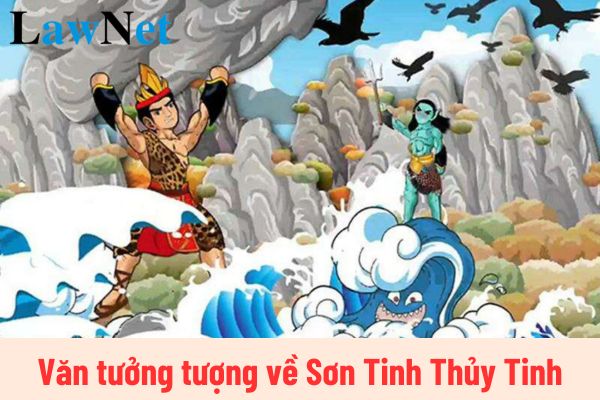
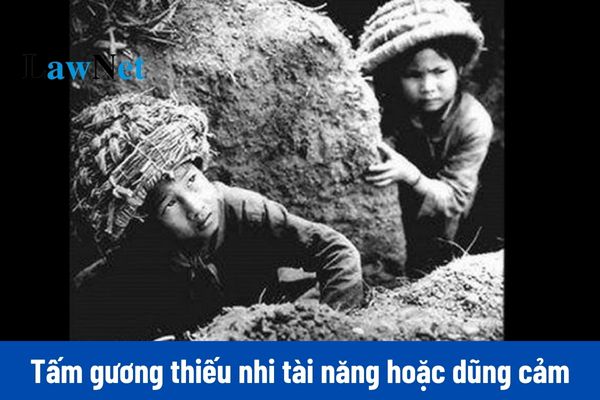
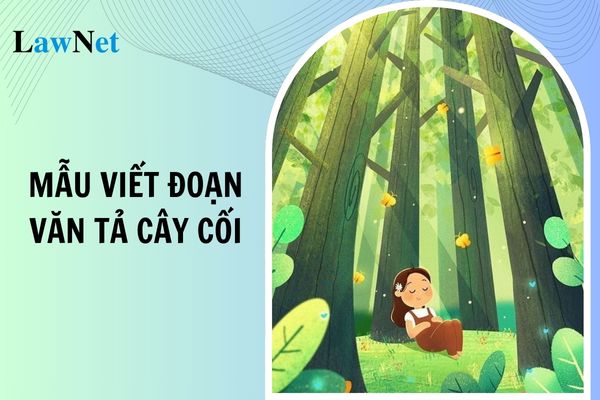
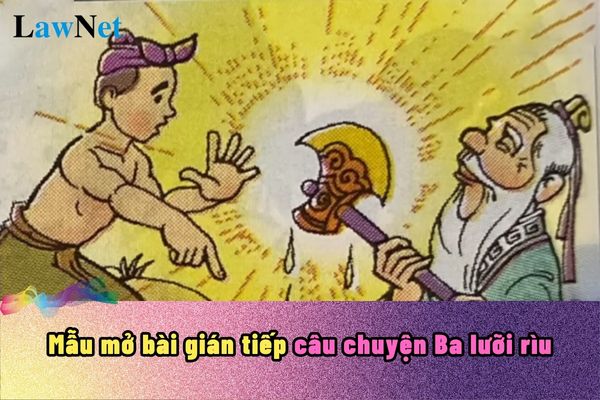
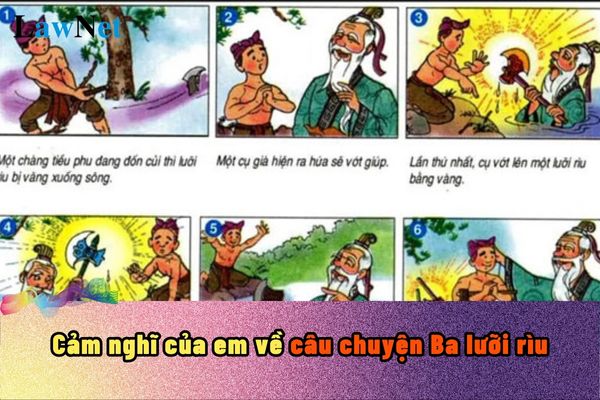
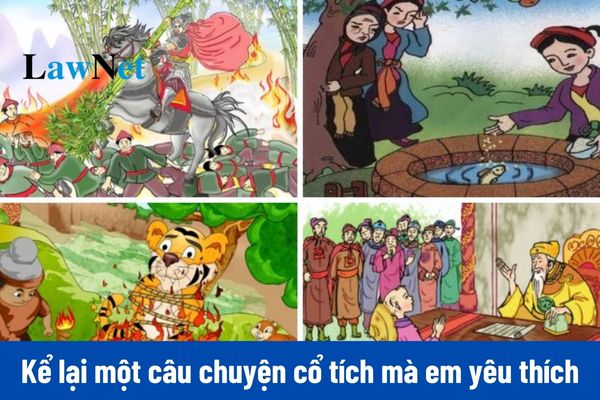
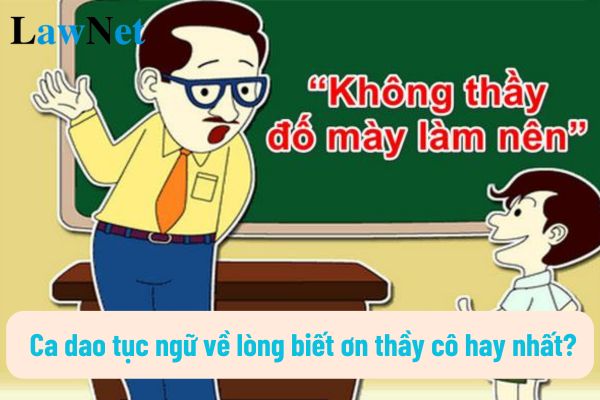

- Vietnam: What is the sample outline of an essay on the analysis of expressions of national spirit in the Poem "Việt Bắc" for 12th-grade students? What patriotic qualities are required for 12th-grade students?
- Vietnam: What are your thoughts on the Poem "Tiếng ru" by To Huu? How many lessons are there in the 12th-grade Literature curriculum per year?
- What are the sample essays describing your grandfather for 5th-grade students in Vietnam? What are the assessment criteria for 5th-grade students in 2024?
- Vietnam: What are the sample social argumentative essays on social media etiquette for 10th-grade students? What Vietnamese knowledge do 10th-grade students learn?
- Vietnam: Why is the French Bourgeois Revolution considered the most thorough one? What learning outcomes are required for 11th-grade students after studying the bourgeois revolution?
- Vietnam: What is the atmosphere? What is the grade at which students are required to master the knowledge of the atmosphere in the History and Geography curriculum?
- Vietnam: Why does the phenomenon of day and night alternation occur on Earth? What is the grade at which students learn about the phenomenon of day and night alternation on Earth?
- What is the newest report template on distance education at the higher education level in Vietnam?
- Vietnam: What are the shortest sample expositions on Ba Den Mountain for 9th-grade students? What learning outcomes are required for the writing process in the 9th-grade Literature curriculum?
- In Vietnam, what does local time mean? What is the grade at which local time is taught in the History and Geography curriculum?

